Verona, new projects and exhibition space at the Chapter Library
The Verona Chapter Library Foundation, established in 2019 to ferry into the future the oldest library in the world still in activity (documented with certainty since the year 517 A.D.), is developing a complex and multifaceted project that sees millennial history and innovation combine within the different areas of its work: from brand renewal to scientific research, from teaching to the redesign of the new exhibition spaces, which will open to the public in September 2023. A renovation aimed at making the Chapter House increasingly accessible and usable to the public, enhancing its cultural heritage and making it available to all.
The route, once up the imposing access staircase, starts inside the monumental Archdeacon Pacific Hall: the most iconic and scenic room, with its unmistakable scent, its full-wall wooden bookcases and the ancient bust of Homer, enhanced by a lighting system also recently installed. Among these bookcases, populated by printed texts ranging from the 17th to the 19th century, peep works of various kinds, from Dante to Kepler, from missals to encyclopedias, and it is not uncommon to come across volumes that bear scars and lacerations: war wounds caused by the disastrous aerial bombardment that razed the previous 18th-century structure in 1945. The present hall, dated 1948, echoes its forms while maintaining its charm, despite some inevitable simplifications imposed by postwar economic constraints. Also visible along the way are some of the chests that were used precisely to carry the most precious volumes to safety during the war period, ensuring that they can still be studied and admired today.
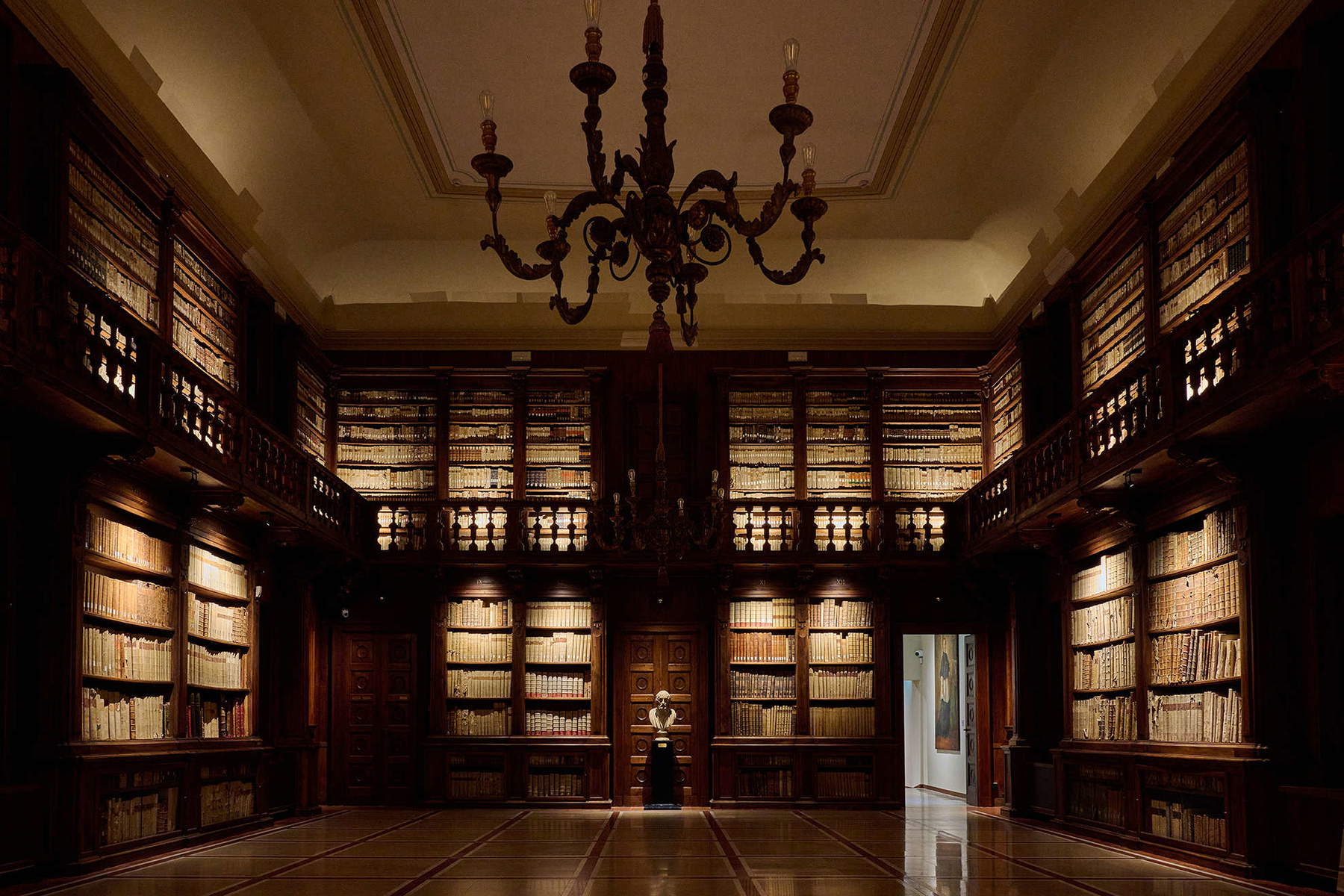
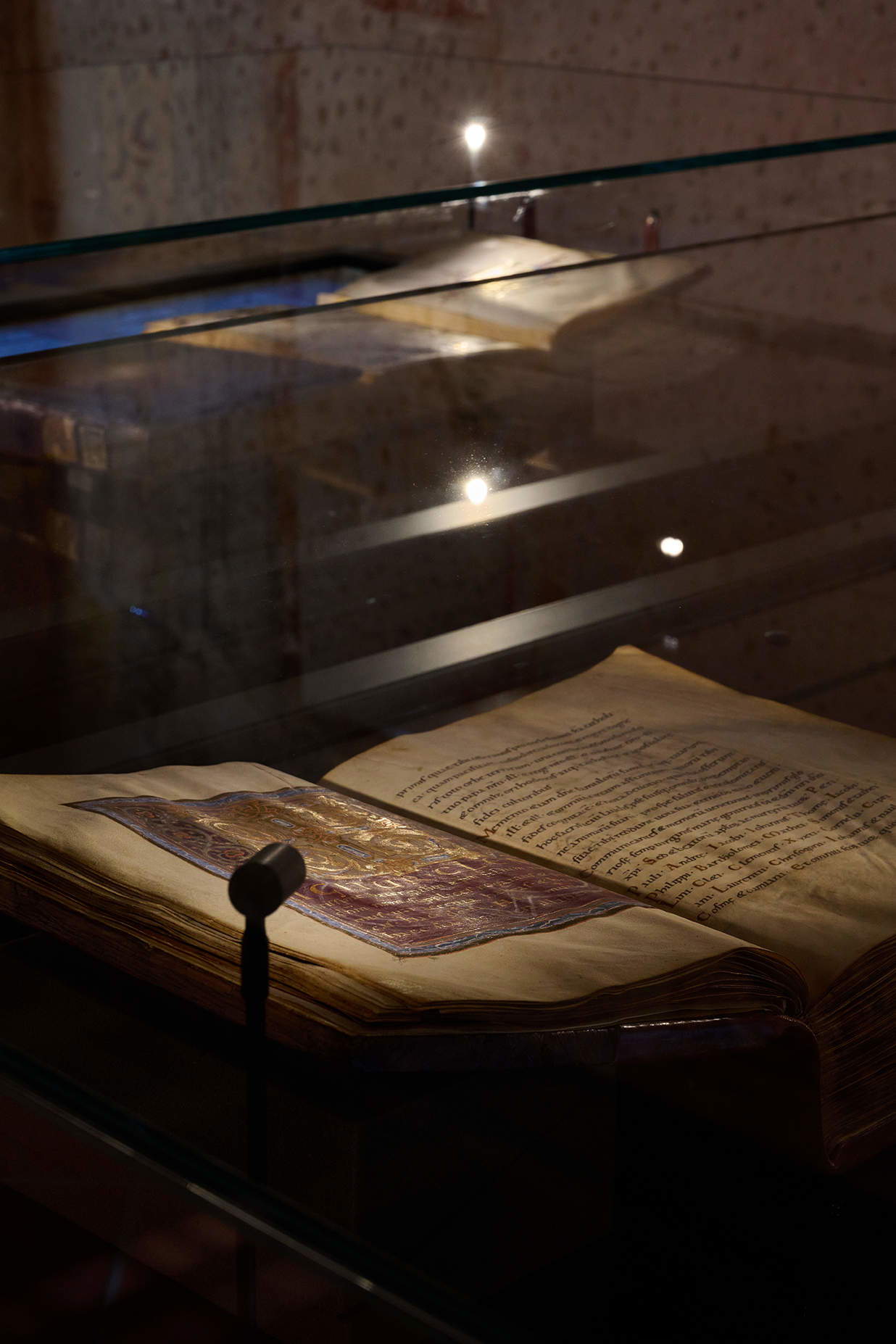
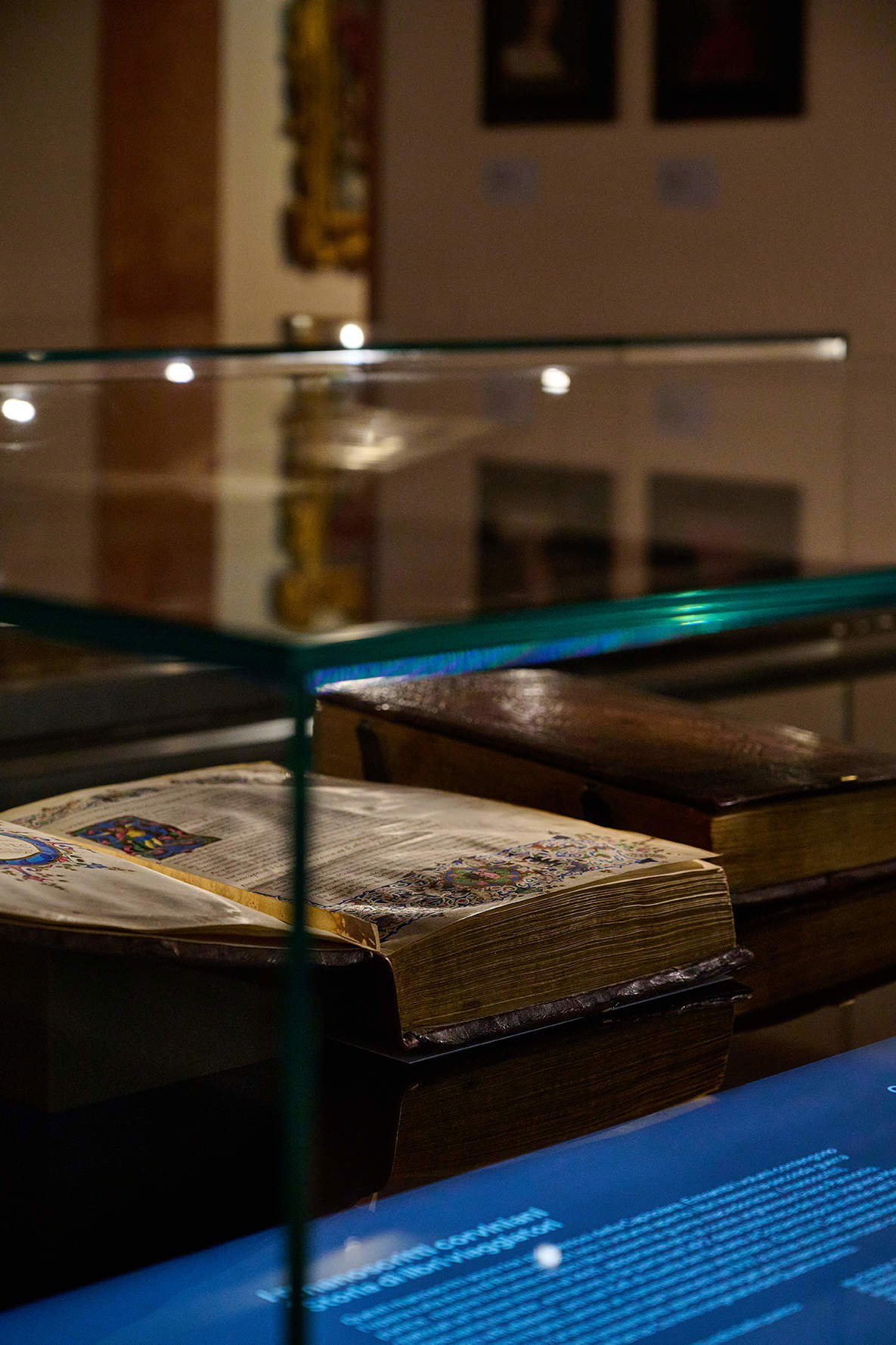
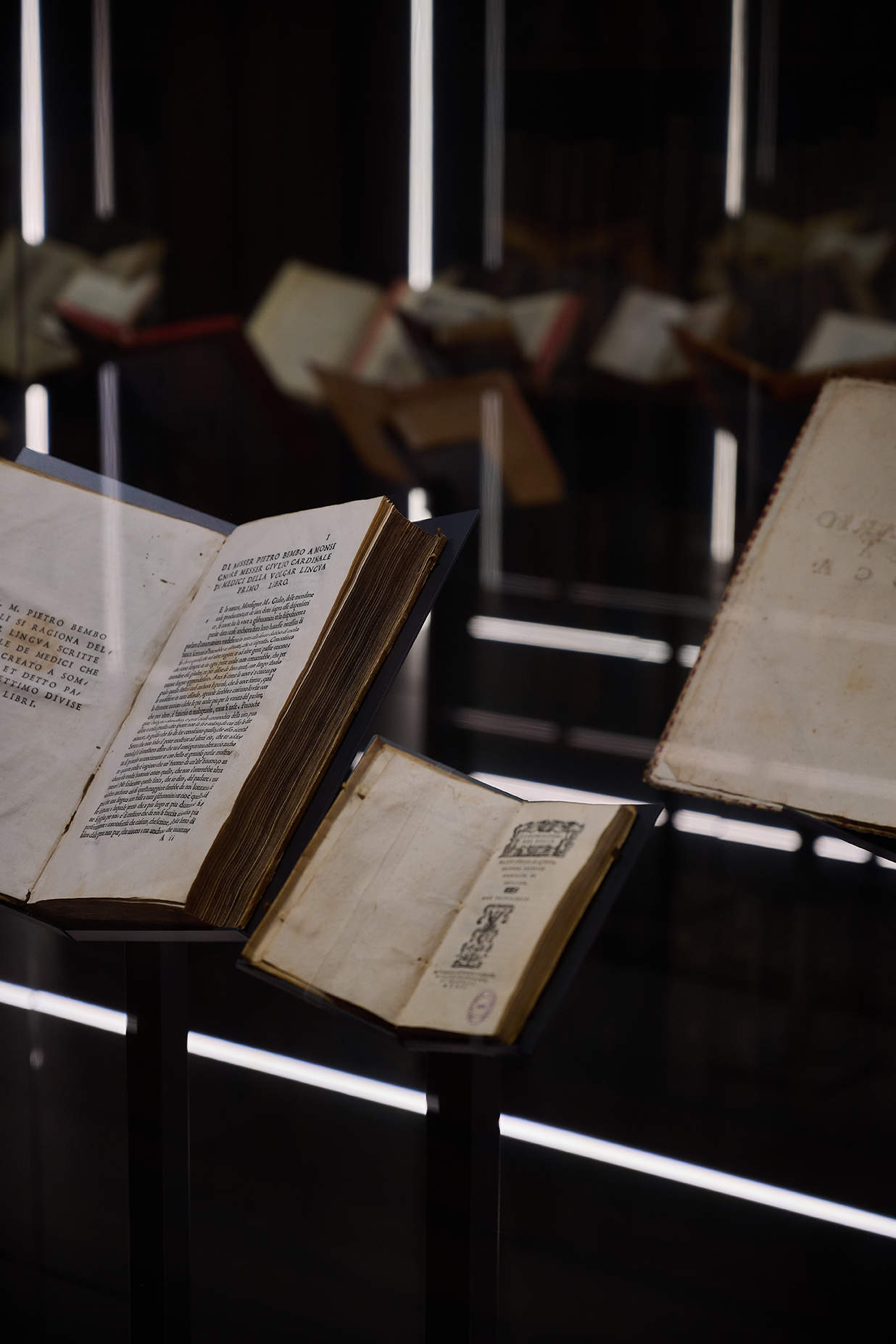
The tour then winds its way along some rooms that were previously inaccessible to the public, decorated with recently rediscovered and restored medieval frescoes. These rooms are fitted out with new display cases to allow visitors to admire some of the Chapter’s most precious treasures: ancient books first and foremost, but also paintings and other rare objects belonging to the collections of the Chapter of Canons. The codices, which will be periodically rotated, range from religious topics to classical literature to law: among the most famous are a palimpsest folio of the Institutions of Gaius, the only surviving text of classical Roman jurisprudence, studied in faculties around the world. A permanent display case is dedicated to the famous Veronese Riddle, a very ancient testimony to the birth of the vernacular language traced by a Veronese amanuensis between the 8th and 9th centuries: “Separeba boves, alba pratalia araba et albo versorio teneba et negro semen seminaba.” An image taken from life in the fields lent to the world of writing, where the oxen being pushed forward are the fingers, the white meadow being plowed represents the sheet of parchment, the white plow indicates the quill and the black seed being sown represents the ink. Due to conservation requirements related to the high photosensitivity of the ink, the Riddle can be seen in replica form.
In the next room with a view, overlooking the Adige River, there is an impressive and particularly scenic display case, in which temporary exhibitions will be set up and will vary periodically, allowing visitors to discover different facets of the rich and varied heritage of the Chapter House. An evocative play of mirrors optically multiplies the reflection of the books on display, suggesting how knowledge is a process that endlessly regenerates and spreads.
On the occasion of the opening, the proposed theme is the evolution of the Italian language, ideally continuing the path begun by the Indovinello to reach the great authors who have shaped it over the centuries. The exhibits include an ancient copy (13th century) of the first encyclopedia in the vernacular, Brunetto Latini’s Trésor, manuscript and printed specimens of the great masterpieces of Dante, Petrarch and Boccaccio (the so-called “three crowns”, which decreed the fortune of the Florentine Tuscan vernacular), but also evidence of other linguistic forms, such as late 14th-century Veronese in a beautifully illuminated treatise on poetry, works of satirical and scientific slant, grammars and vocabularies.
The museum tour is open to the public on weekends. Independent visitors can learn about the Library’s history through explanatory panels, QR codes and captions available in Italian and English. This new visiting option is in addition to the possibility of learning more about the proposed themes by participating in guided tours, thematic events and Walks with the Prefect, which will continue to be organized according to the calendar prepared monthly. Tickets can also be purchased online at the Foundation’s new website.
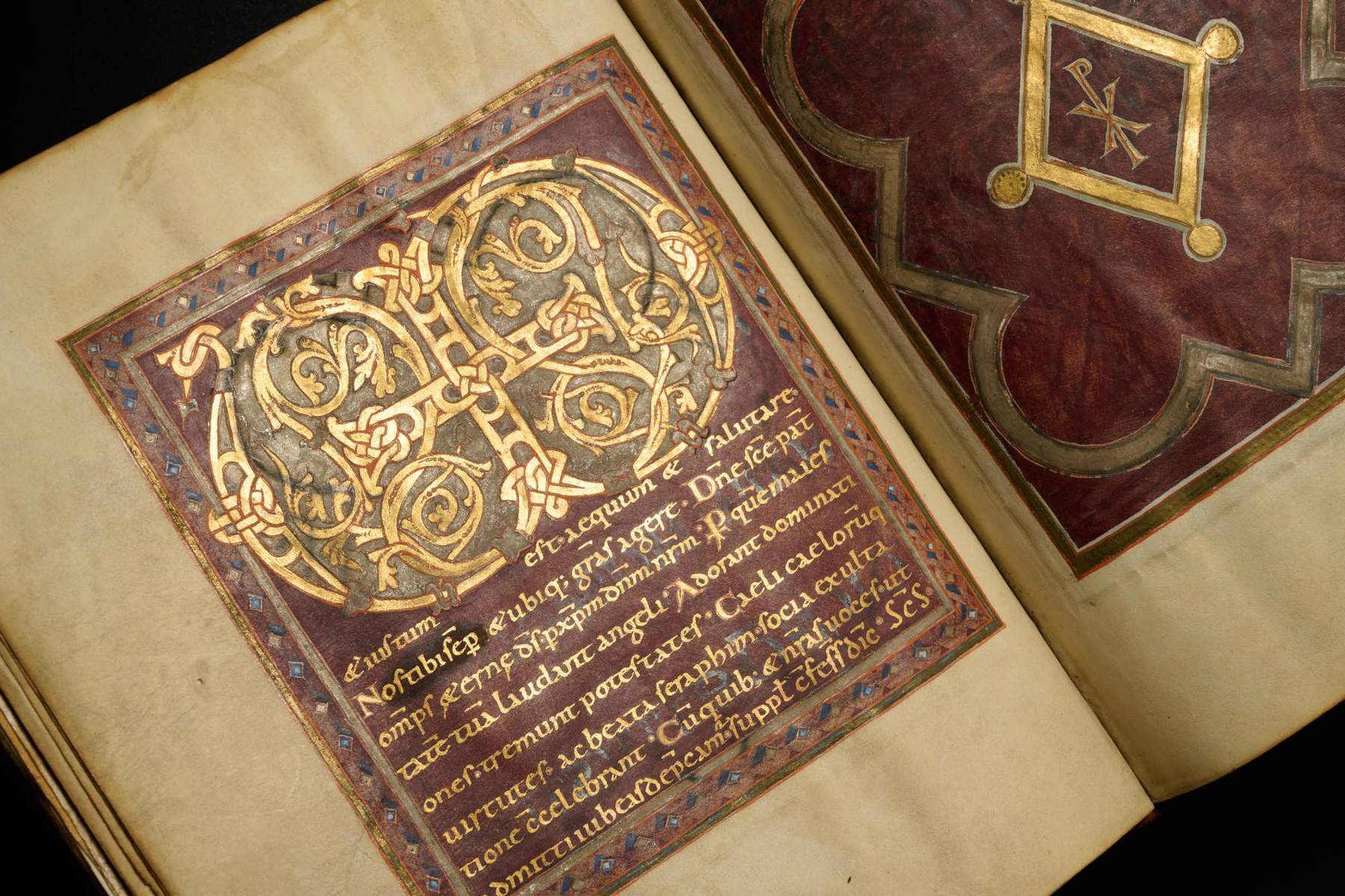
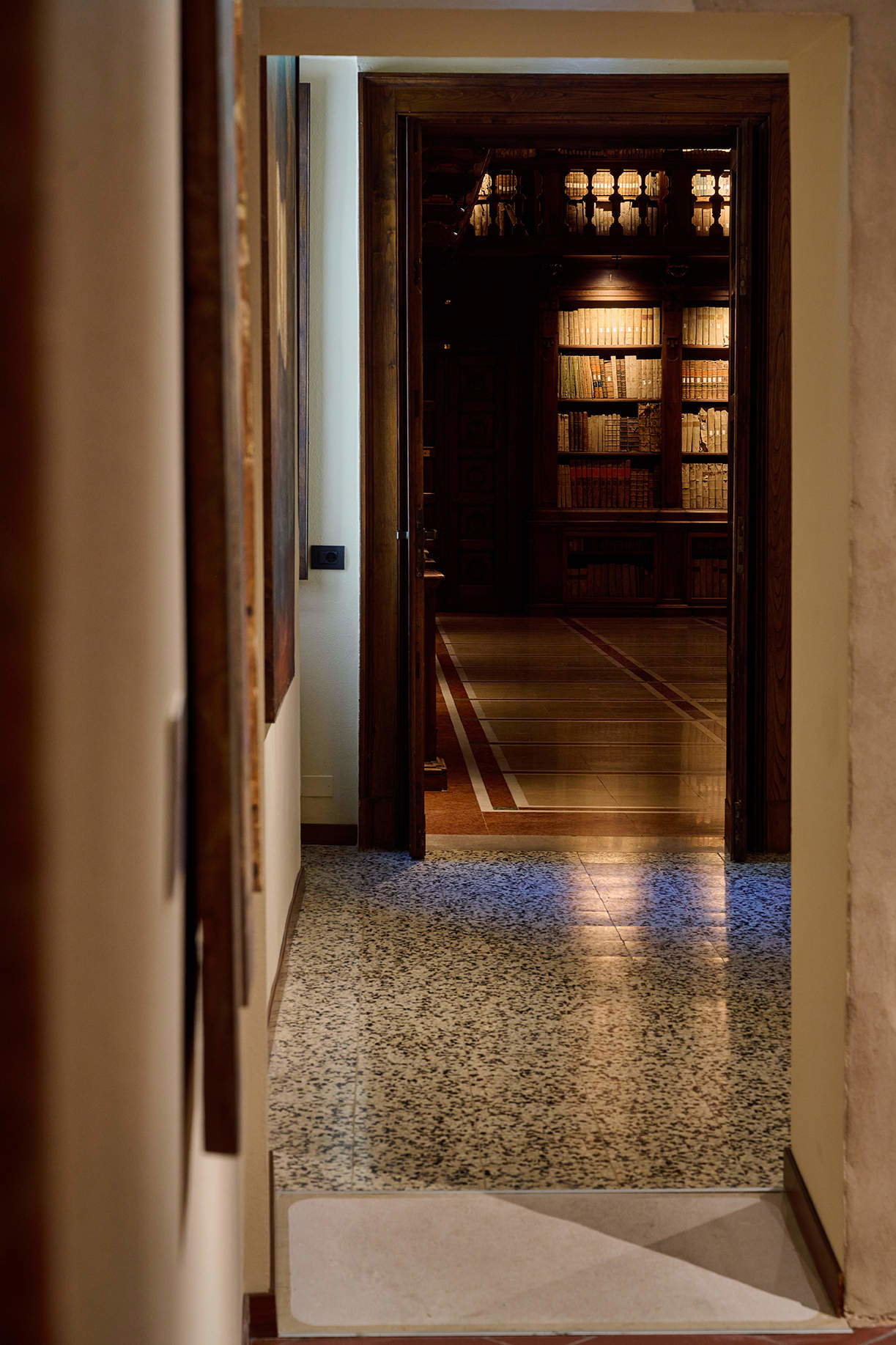
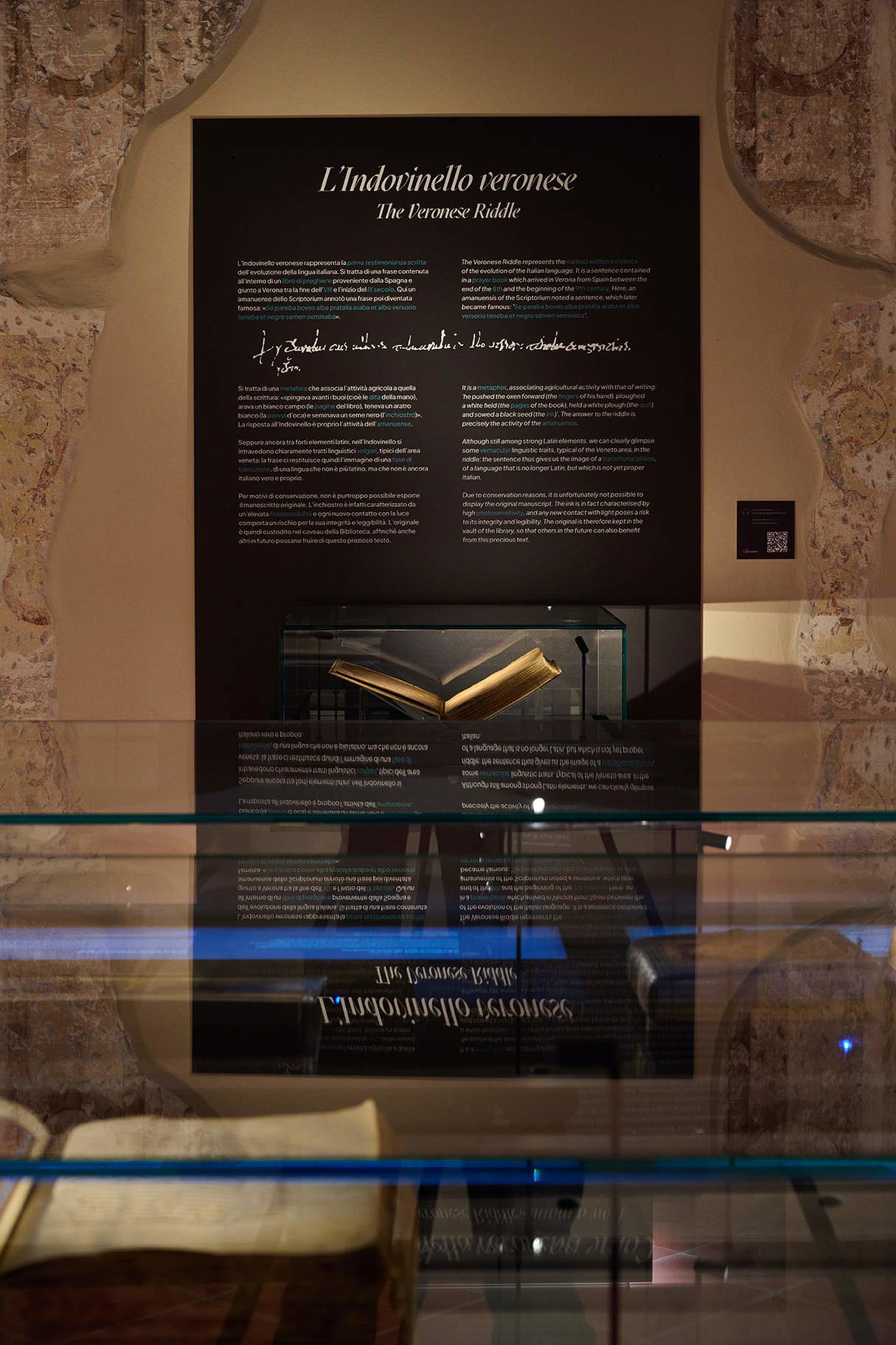
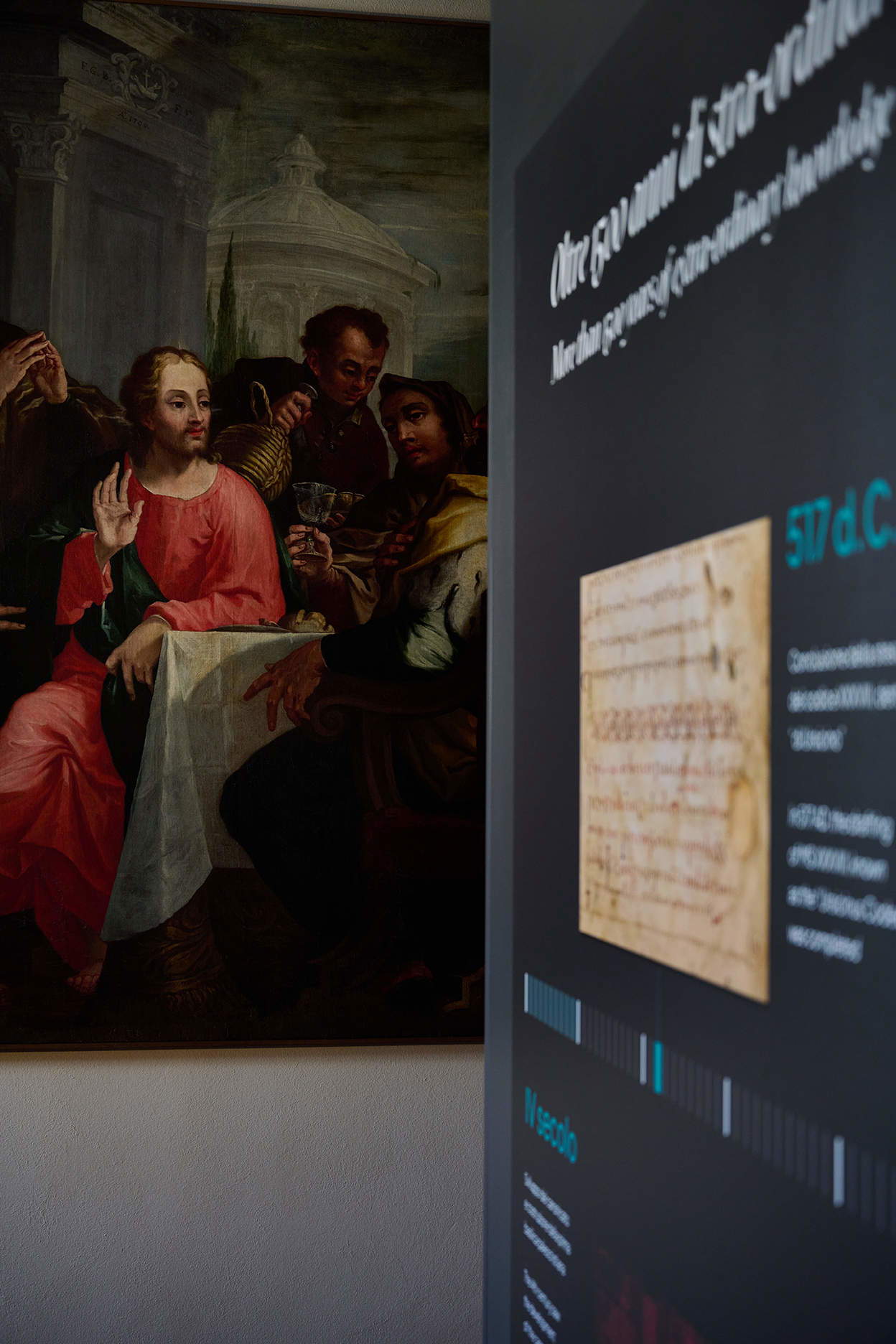
The new opening represents the first stage of a larger project of museum rearrangement, which will gradually involve additional rooms and will be enriched with multimedia installations that will allow visitors to immerse themselves in the history of the library among its protagonists, its treasures and the evolution of palimpsests research. The installation and multimedia project has been realized by the NEO Narrative Environments Operas studio, thanks to the contribution of a private Milanese foundation, according to the perspective of integration and mutual enhancement between the ancient and the modern that represents one of the fundamental guidelines of the mission of the Chapter Library Foundation.
This underlying perspective concerns not only museum activities, but also the field of research-currently affected by the development of several collaborative projects with universities and cultural institutions from all over the world-as well as the very image of the Capitolare. In fact, this ambitious renovation project started from a rebranding operation carried out thanks to the support of Reflektor, a Milan-based branding and innovation agency that “adopted” the Capitolare as part of the 2022 edition of the Fondazione Italia Patria della Bellezza call for proposals. On that occasion, a new visual identity was developed with a new brand and a new logo, inspired by the idea of a lens that returns a surprising reality, kept here for more than fifteen centuries. The typography for the communication was also revised, with a contemporary twist but with an eye toward the calligraphic tradition. Updates then extended to the photographic and iconographic aspect, with a new color palette and the development of unexpected color filters. An overall renovation project, therefore, that will affect all the different souls of the Chapter Library Foundation, either already present or under development: a repository of millenary knowledge, a place of study, a museum space open to local visitors, tourists and students of all levels, and an international research center. A place, as the new claim suggests, “where knowledge meets emotion.”
Warning: the translation into English of the original Italian article was created using automatic tools. We undertake to review all articles, but we do not guarantee the total absence of inaccuracies in the translation due to the program. You can find the original by clicking on the ITA button. If you find any mistake,please contact us.




























